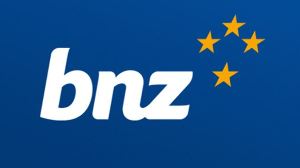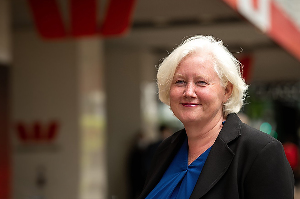
They sit 2.5% below levels seen in February and exactly where they were a year ago on average, Tony Alexander, an independent economist says.
“The lesson is that interest rate changes are not the sole determinant of what happens with the housing market and house prices.”
This message might be pertinent as $135 billion or 41% of all fixed rate mortgages are due to be refixed over the next six months.
And BNZ chief economist Mike Jones in his latest Eco-Pulse says evidence is growing that the typical fixing strategy is no longer just about picking the lowest rate.
He says the share of new mortgages on floating and six-month fixed terms has reduced a little, and there’s been snatches of increased interest in two-year fixed terms.
“Consequently, the share of new mortgage borrowing on terms of 12 months or less has fallen from a high of 94% in November, to an average of 71% over the three months to June.”
Jone says heightened refixing activity has sped up the process of borrowers rolling down\ onto lower mortgage rates. The average paid rate was 5.66% in June, down from a 6.39% peak.
“It’s still got a ways to go. We estimate a decline to around 5% by the end of the year.”
However, he says while there has been a gentle trend to two year rates, the fact it may end a little more costly (upfront at least), relative to fixing for six months or one-year, may encourage some to stick with those shorter fixed terms.
Mortgage fixing behaviour now appears less sensitive to current relative pricing, and more focused on the risks and opportunities from the shape of the next interest rate cycle, Jones says.
“If that holds, we may see the gentle trend towards longer terms continue as borrowers gradually factor in the end of the Reserve Bank’s easing cycle.
“We doubt there will be a rush toward longer-term fixes though. Not while the RBNZ maintains a bias to lower interest rates further, the economy remains weak, and the risk of rate hikes remains a long way off.
“Our read of mortgage rate ‘break-evens’ (comparing our interest rate forecasts to implied market pricing) is also consistent with the idea that borrowers have some time up their sleeve.”
Alexander says even though the Reserve Bank has lowered its projection for the level at which the cash rate may bottom out to 2.5%, and given the outlook for wholesale borrowing costs falling more than had previously been expected, he would hold off for a round of further cuts before fixing for three years.




Comments
No comments yet.
Sign In to add your comment